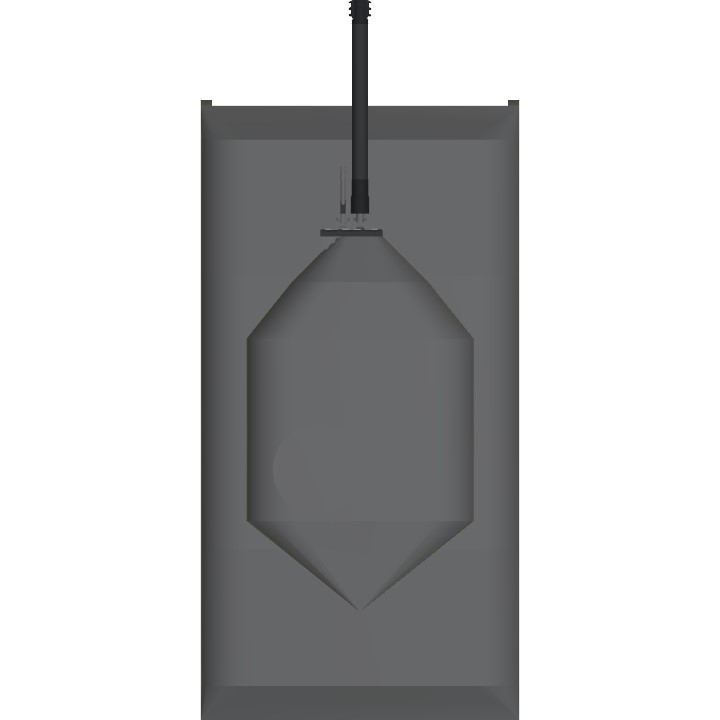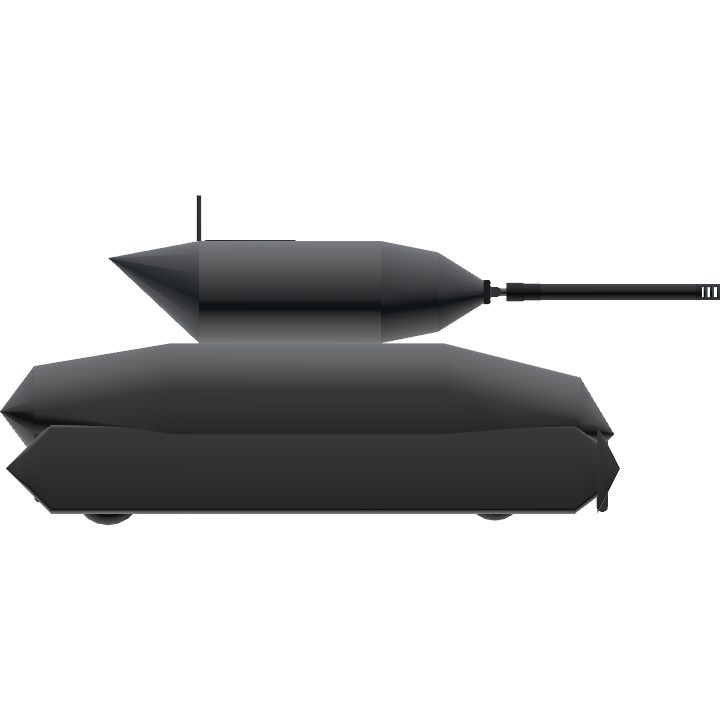Welcome to my latest tank:
The M1A3 Sherman!
About This Tank:
The M4 Sherman, officially medium tank, M4, was the medium tank most widely used by the United States and Western Allies in World War II. The M4 Sherman proved to be reliable, relatively cheap to produce, and available in great numbers. It was also the basis of several other armored fighting vehicles including self-propelled artillery, tank destroyers, and armored recovery vehicles. Tens of thousands were distributed through the Lend-Lease program to the British Commonwealth, Soviet Union, and other Allied Nations. The tank was named by the British after the American Civil War General William Tecumseh Sherman.[7]
The M4 Sherman tank evolved from the M3 Lee, a medium tank developed by the United States during the early years of World War II. The M3, also known by its service names "Grant" and "Lee," was characterized by a unique design that featured the main armament mounted in a side sponson. The Grant variant, used by British forces, employed a lower-profile turret based on British designs, while the Lee variant, used by the United States, retained the original American turret design. Despite the M3's effectiveness, the tank’s unconventional layout and the limitations of its hull-mounted gun prompted the need for a more efficient and versatile design, leading to the development of the M4 Sherman.
The M4 Sherman retained much of the mechanical design of the M3, but it addressed several shortcomings and incorporated improvements in mobility, firepower, and ergonomics. One of the most significant changes was the relocation of the main armament—initially a 75 mm gun—into a fully traversing turret located at the center of the vehicle. This design allowed for more flexible and accurate fire control, enabling the crew to engage targets with greater precision than was possible on the M3. Additionally, the M4 featured a one-axis gyrostabilizer, which, while not precise enough to allow for accurate firing while in motion, helped keep the gun roughly aimed in the direction of the target when the tank came to a stop. This feature proved useful in ensuring the tank could quickly take aim after halting to fire, enhancing its effectiveness in combat. However, by modern standards, this system was relatively rudimentary compared to more advanced stabilizers.
The development of the M4 Sherman emphasized key factors such as reliability, ease of production, and standardization. The U.S. Army and the designers prioritized durability and maintenance ease, which ensured the tank could be quickly repaired in the field. A critical aspect of the design process was the standardization of parts, allowing for streamlined production and the efficient supply of replacement components. Additionally, the tank's size and weight were kept within moderate limits, which facilitated easier shipping and compatibility with existing logistical and engineering equipment, including bridges and transport vehicles. These design principles were essential for meeting the demands of mass production and quick deployment.
On the battlefield, the Sherman was particularly effective against German light and medium tanks during the early stages of the war, notably between 1939 and 1942. Its 75 mm gun and relatively superior armor provided an edge over the tanks fielded by Nazi Germany during this period. The M4 Sherman saw widespread use across various theaters of combat, including North Africa, Italy, and Western Europe. It was instrumental in the success of several Allied offensives, particularly after 1942, when the Allies began to gain momentum following the Allied landings in North Africa (Operation Torch) and the subsequent campaigns in Italy and France. The tank’s ability to be produced in large numbers, combined with its operational flexibility and effectiveness, made it a key component of the Allied war effort.
The Sherman's role as the backbone of U.S. armored forces in World War II cemented its legacy as one of the most influential tank designs of the 20th century. Despite its limitations—such as relatively thin armor compared to German heavy tanks like the Tiger and Panther—the M4 was designed to be both affordable and adaptable. Its widespread deployment, durability, and ease of maintenance ensured it remained in service throughout the war, and it continued to see action even in the years following World War II in various conflicts and regions. The M4 Sherman remains one of the most iconic tanks in military history, symbolizing the industrial might and innovation of the United States during the war.
When the M4 tank went into combat in North Africa with the British Army at the Second Battle of El Alamein in late 1942, it increased the advantage of Allied armor over Axis armor and was superior to the lighter German[8] and Italian tank designs. For this reason, the US Army believed that the M4 would be adequate to win the war, and relatively little pressure was initially applied for further tank development. Logistical and transport restrictions, such as limitations imposed by roads, ports, and bridges, also complicated the introduction of a more capable but heavier tank.[9][b] Tank destroyer battalions using vehicles built on the M4 hull and chassis, but with open-topped turrets and more potent high-velocity guns, also entered widespread use in the Allied armies. Even by 1944, most M4 Shermans kept their dual-purpose 75 mm gun.[10] By then, the M4 was inferior in firepower and armor to increasing numbers of German upgraded medium tanks and heavy tanks but was able to fight on with the help of considerable numerical superiority, greater mechanical reliability, better logistical support, and support from growing numbers of fighter-bombers and artillery pieces.[11] Later in the war, a more effective armor-piercing gun, the 76 mm gun M1, was incorporated into production vehicles. For anti-tank work, the British refitted Shermans with a 76.2 mm Ordnance QF 17-pounder gun (as the Sherman Firefly). Some were fitted with a 105 mm howitzer to act as infantry support vehicles.
The relative ease of production allowed large numbers of the M4 to be manufactured, and significant investment in tank recovery and repair units allowed disabled vehicles to be repaired and returned to service quickly. These factors combined to give the Allies numerical superiority in most battles, and many infantry divisions were provided with M4s and tank destroyers. By 1944, a typical U.S. infantry division had attached for armor support an M4 Sherman battalion, a tank destroyer battalion, or both.[12]
After World War II, the Sherman, particularly the many improved and upgraded versions, continued to see combat service in many conflicts around the world, including the UN forces in the Korean War, with Israel in the Arab–Israeli wars, briefly with South Vietnam in the Vietnam War, and on both sides of the Indo-Pakistani War of 1965.[13]
The Next projects will probably be plane-related, but I usually make what I want because I just go with my mind.
Tschüss!
Specifications
General Characteristics
- Created On iOS
- Wingspan 11.5ft (3.5m)
- Length 26.0ft (7.9m)
- Height 11.9ft (3.6m)
- Empty Weight 14,099lbs (6,395kg)
- Loaded Weight 37,102lbs (16,829kg)
Performance
- Wing Loading 110,302.4lbs/ft2 (538,543.4kg/m2)
- Wing Area 0.3ft2 (0.0m2)
- Drag Points 8484
Parts
- Number of Parts 45
- Control Surfaces 0
- Performance Cost 242




